Post-Holiday Plant Care

So a family member or dear friend gifted you with a beautiful plant during the holiday season. Now what? Keeping these plants happy and healthy during the remainder of the holiday season is easy, but getting them to last and even rebloom is the trick.
Foil
Be they poinsettias, Norfolk Island pines, or cyclamens, many holiday plants come with festive foil covering their pots. Through the holiday season, the foil can remain. Just be sure to lift the plant from the wrapper, water the plant and allow it to drain before replacing the foil sleeve. For the long haul though, you’ll want to remove the foil and repot into a permanent container with drainage holes.
Light
Most holiday plants prefer bright indirect light, and will do best in a north-facing window. If the only space you have is an eastern, western or southern facing window, and the light is a bit harsh, just pull the plant away from the window several feet or use light diffusing curtains.
Watering
The foliage of indoor conifers such as lemon cypress or small potted juniper and spruce will feel brittle and dry when the plant is in need of water or additional humidity.
Poinsettias, Christmas cactus and Norfolk Island pine prefer to be on the drier side while cyclamen, lemon cypress and anthurium prefer more water.
Orchids are a bit trickier. Avoid overwatering, as constant wetness will cause the roots to rot. Water your orchid just as the top of the soil begins to dry out. Shriveled foliage is a good indication that you are allowing the orchid to get too dry between waterings.
As for bulb type plants such as cyclamen, amaryllis and paperwhites, you will want to water these plants from the bottom, keeping the top of the bulb dry.
Gardening tips, videos, info and more delivered right to your inbox!
Sign up for the Gardening Know How newsletter today and receive a free copy of our e-book "How to Grow Delicious Tomatoes".
Humidity
Plants are usually given as gifts during the colder months, when the hot and dry air from a furnace can quickly decrease humidity. To increase the humidity, either cluster the plants together, or set them on a tray of wet pebbles. The water from the pebbles will evaporate naturally, causing a humid condition.
One holiday plant that requires very high humidity is the frosty fern. Bring out that try of pebbles or, better, yet, plant this one in a terrarium to keep the moisture intact even when the room is dry.
Pruning
To keep your holiday plant looking tidy, you can deadhead spent blooms, pull off or cut off yellow or damaged foliage, and trim off any brown tips.
Pluck spent flowers from the base of plants such as peace lily and cyclamen.
Norfolk Island pine pruning is a bit stricter. Trimming this plant includes the removal of any dead or dying branches, usually on the bottom. Never trim the main upright branch, as removing the central leader will destroy the pyramidal shape.
Potting/Planting
Many of these plants will be happy in their original pot for quite some time. Christmas cactus even prefers to have its roots slightly cramped and root bound.
But when it's time to repot your holiday plant, be sure to use a standard, well-drained potting mix in a container with drainage holes. Orchids require an orchid specific bark mix.
Fertilizer
These plants will not need any type of fertilizer over the winter months. You can begin feeding regularly as the day length increases sometime in the spring. A common houseplant fertilizer at the recommended rate should do.

Amy Draiss, Digital Community Manager at Gardening Know How since 2021, seamlessly blends her hands-on gardening experience with a digital green thumb. With roots in family landscaping and management at a garden center, Amy has cultivated expertise in plants, supplies, and customer relations. Residing in the Midwest, Amy tends to her two-acre haven, showcasing a diverse range of trees, shrubs, and perennials. As the Hydrangea Queen, she shares her love for these blooms and imparts gardening wisdom through videos and social media. Beyond gardening, Amy enjoys quality time with her family, travel, and theme parks. Amy's mission is to inspire and advise plant enthusiasts, fostering flourishing gardens for both seasoned and budding gardeners alike.
-
 Get Ready For A Summer Of Hummers! Grow These Full Sun Hummingbird Plants and Flowers
Get Ready For A Summer Of Hummers! Grow These Full Sun Hummingbird Plants and FlowersIf you’re lucky enough to enjoy a sunny backyard, make sure you are maxing out on your pollinator opportunities and grow these full sun hummingbird plants and flowers
By Tonya Barnett
-
 12 Lush Alternatives To A Lawn For Sustainable Spaces
12 Lush Alternatives To A Lawn For Sustainable SpacesAlternatives to a lawn are beautiful and also beneficial to your local ecosystem and its pollinators. Explore our top picks for plants to replace grass.
By Tonya Barnett
-
 Best Spider Plant Soil – Complete Soil Guide And Expert Tips For Keeping Plants Happy
Best Spider Plant Soil – Complete Soil Guide And Expert Tips For Keeping Plants HappySpider plants are fun and easy plants to grow, but what is the best soil for a spider plant? Selecting the right soil is important so they can thrive.
By Bonnie L. Grant
-
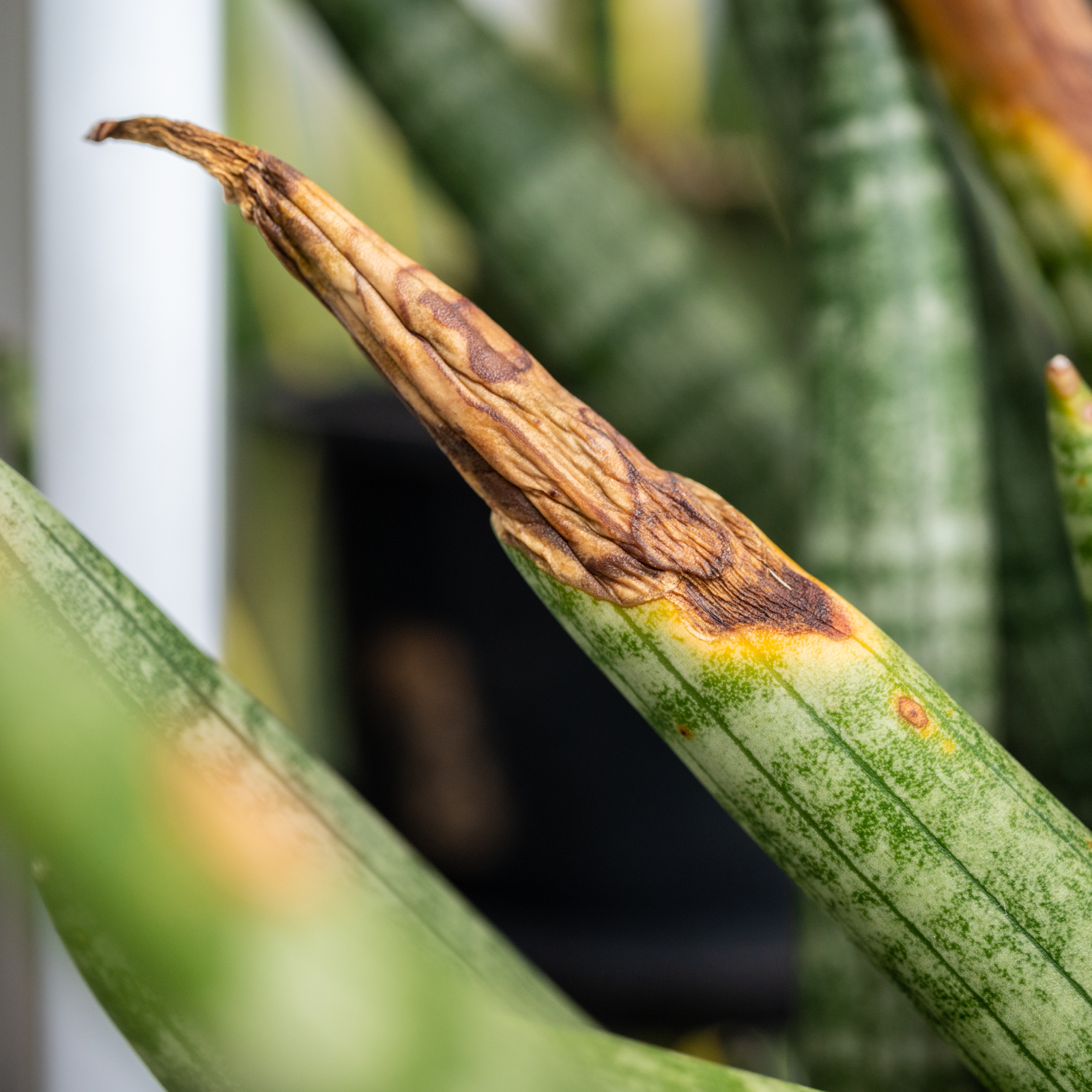 Help, My Snake Plant Is Mushy! Advice For Root Rot In Snake Plants
Help, My Snake Plant Is Mushy! Advice For Root Rot In Snake PlantsSnake plants are hardy houseplants, but they can be susceptible to root rot. Learn how to prevent and treat this common snake plant problem.
By Amy Grant
-
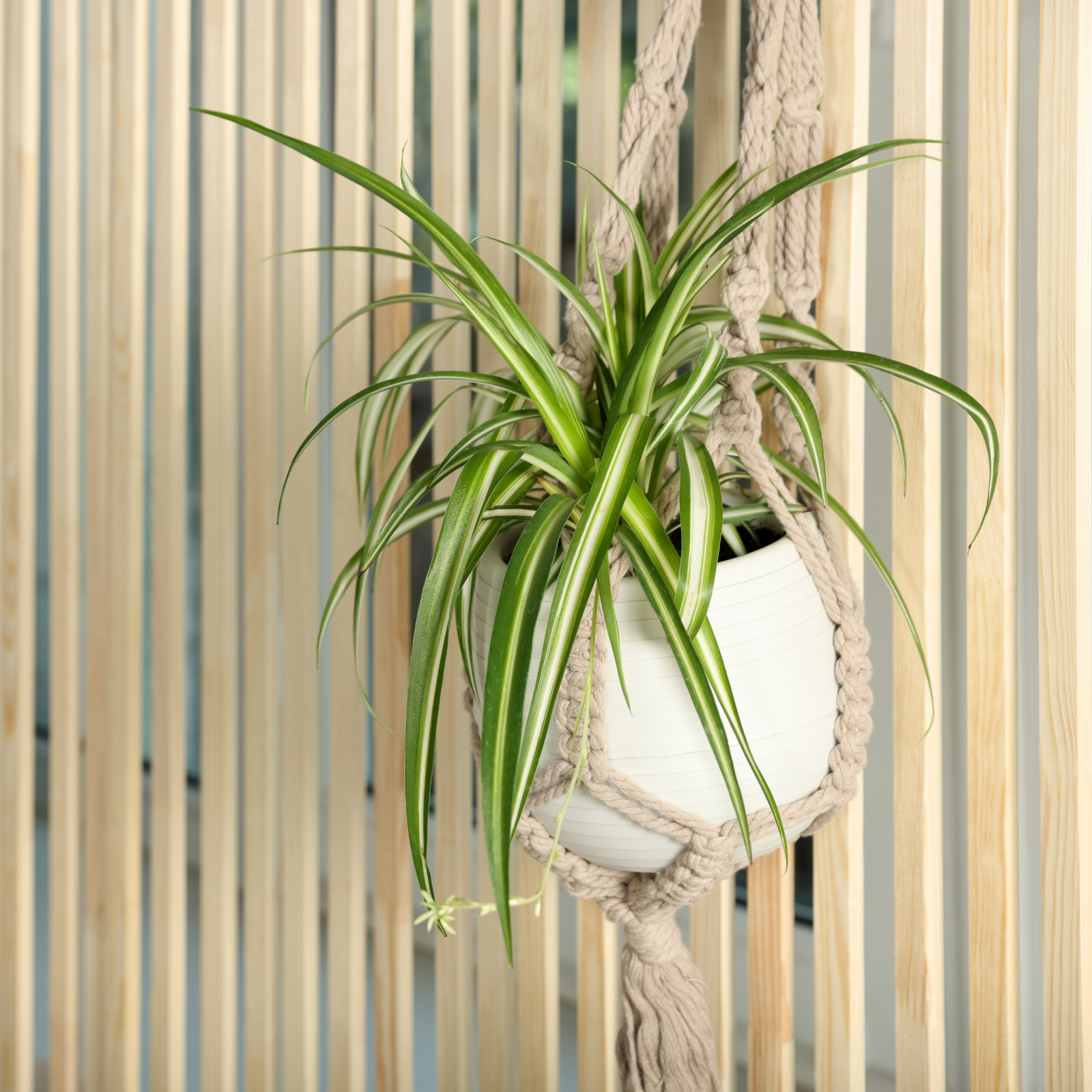 How To Grow A Hanging Spider Plant – For An Elegant Indoor Or Outdoor Display
How To Grow A Hanging Spider Plant – For An Elegant Indoor Or Outdoor DisplayOf all the beautiful baskets we see, the hanging spider plant is probably the easiest to grow. Let your hanging basket spill over with little spider plantlets!
By Teo Spengler
-
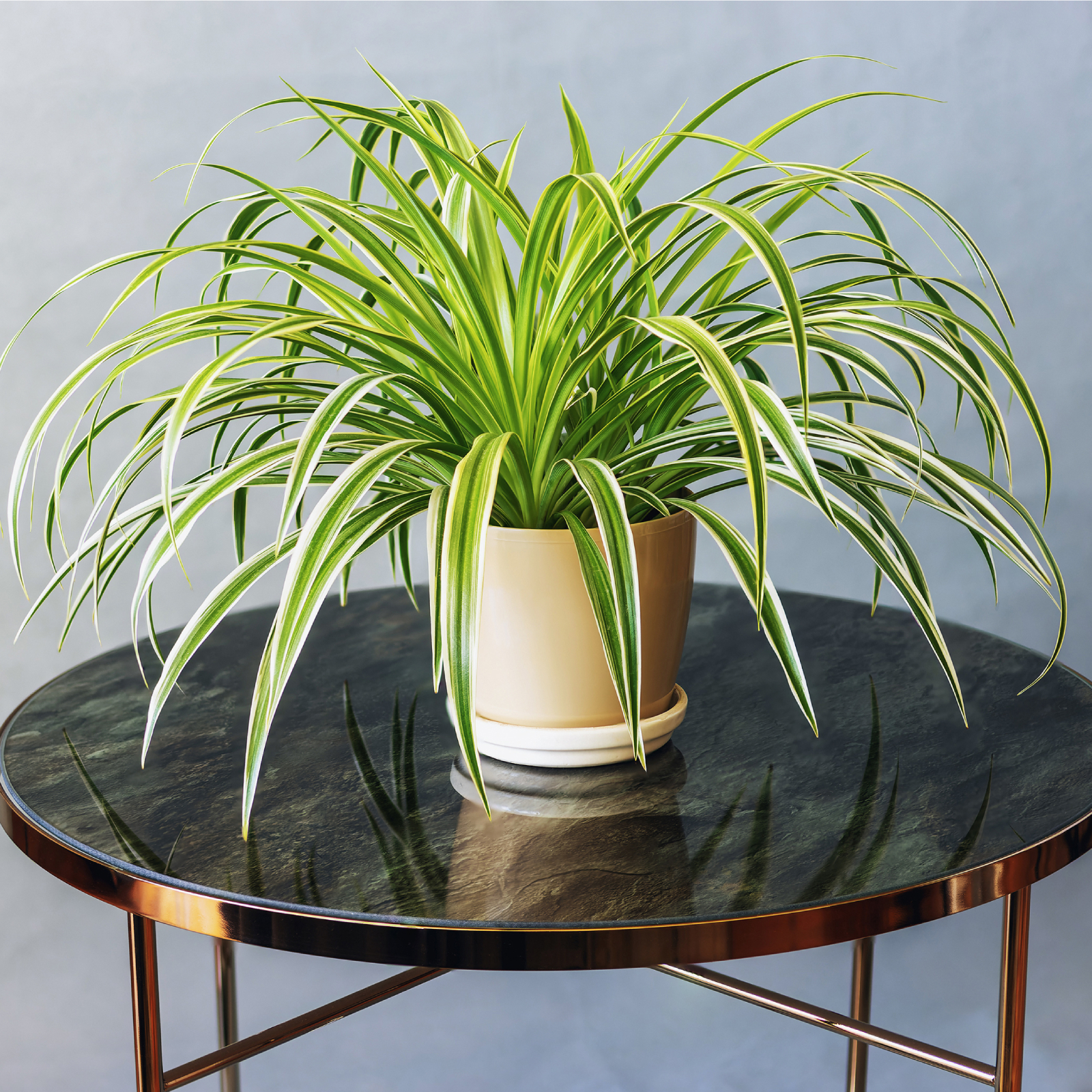 How To Care For A Variegated Spider Plant – Plus, Unique Varieties To Try
How To Care For A Variegated Spider Plant – Plus, Unique Varieties To TryVariegated spider plants and their streaks of green and cream tones bring interest and light to an indoor room, and will elevate your houseplant collection.
By Teo Spengler
-
 How Often Should You Water A Spider Plant? Tips To Keep Spider Plants Happy And Healthy
How Often Should You Water A Spider Plant? Tips To Keep Spider Plants Happy And HealthySpider plants are hardy and easy to grow, but they do need proper watering to thrive. Read our tips on how often to water your spider plants.
By Amy Grant
-
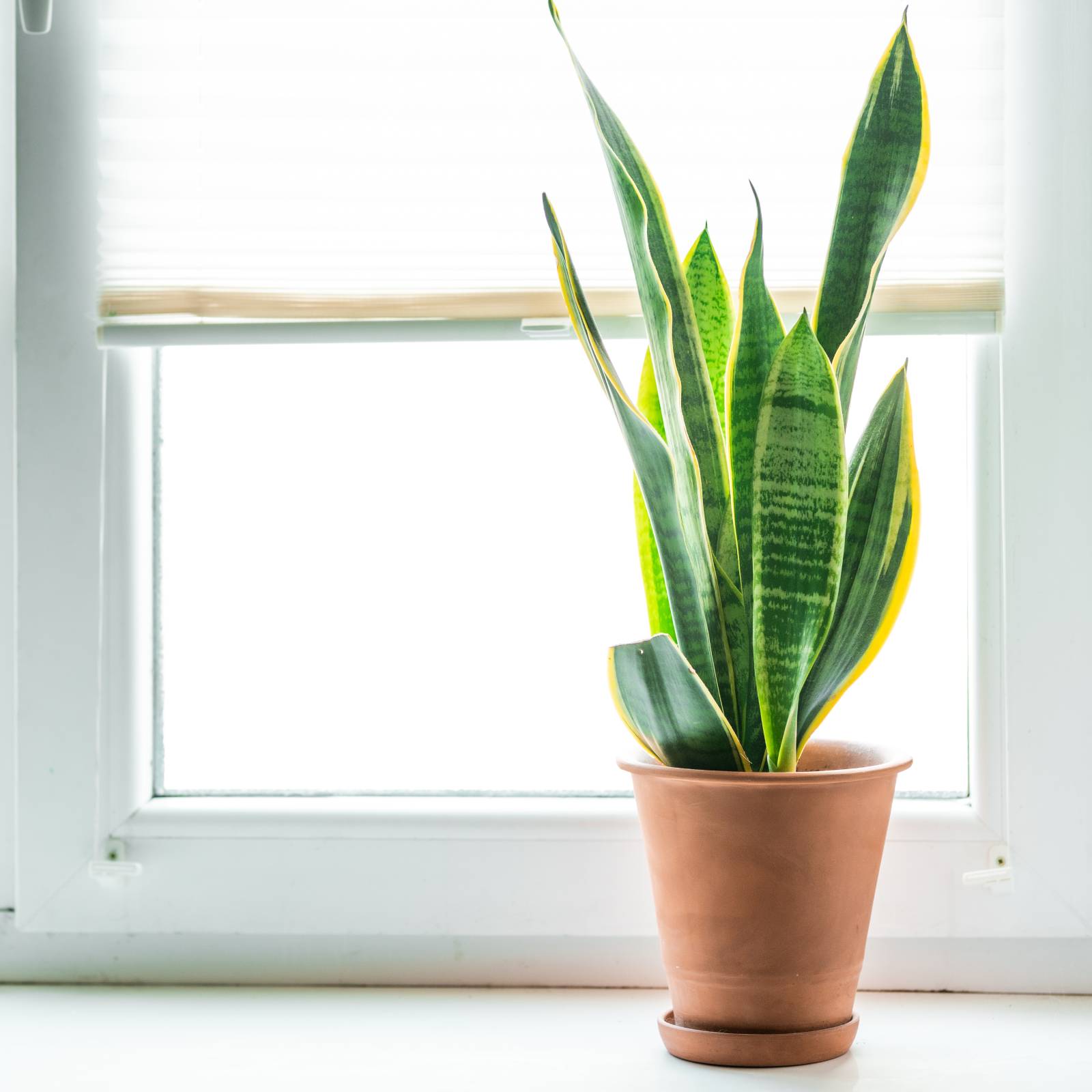 Snake Plant Getting Enough Light? Understanding Light Requirements And How To Adjust
Snake Plant Getting Enough Light? Understanding Light Requirements And How To AdjustSnake plant light requirements aren’t as stringent as for some houseplants, but the right lighting is important for their growth and well-being.
By Tonya Barnett
-
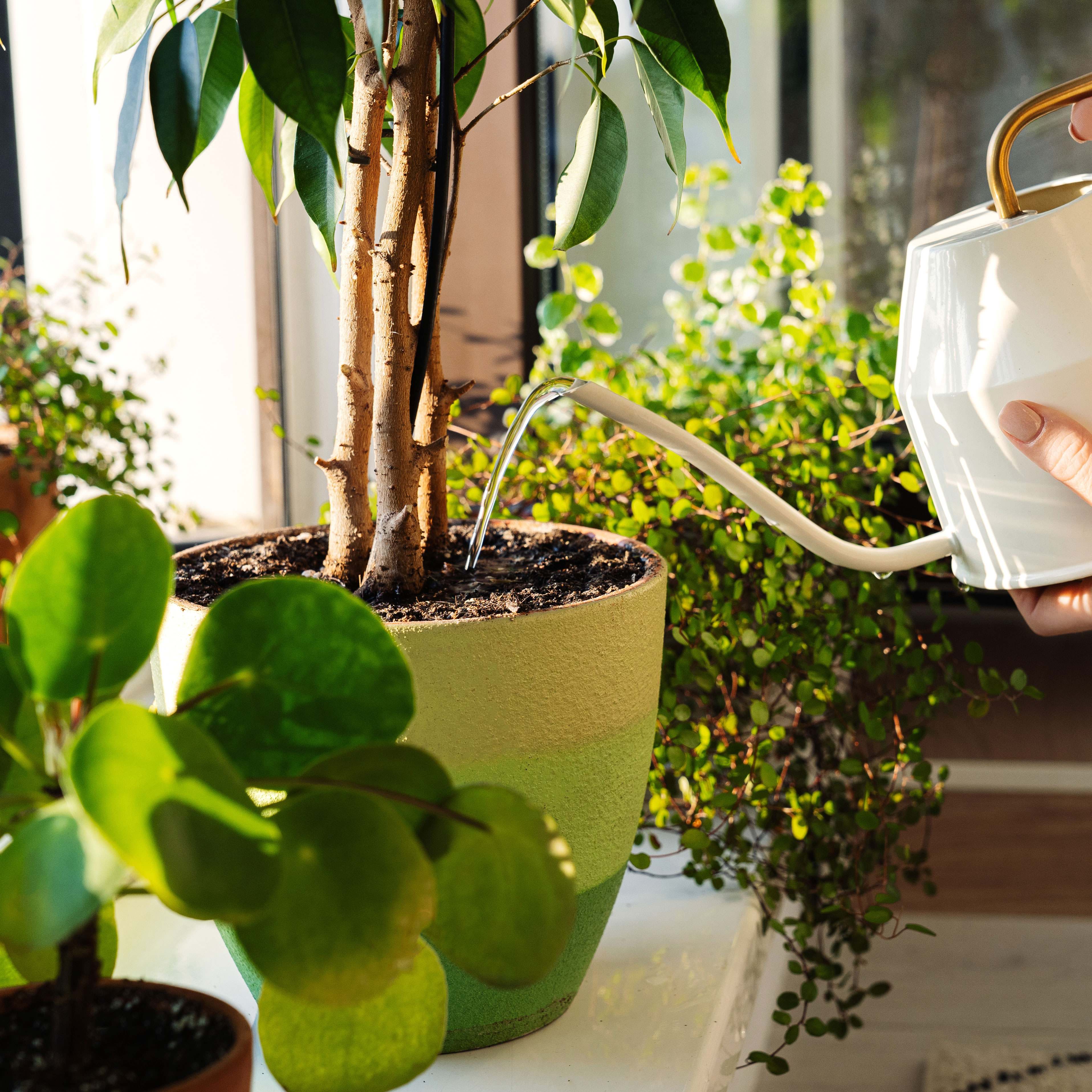 Feeding Houseplants: How And When To Fertilize Indoor Plants Like A Pro!
Feeding Houseplants: How And When To Fertilize Indoor Plants Like A Pro!Container-based houseplants have specific feeding needs over and above plants grown in the ground. Here’s how and when to fertilize indoor plants the right way
By Bonnie L. Grant
-
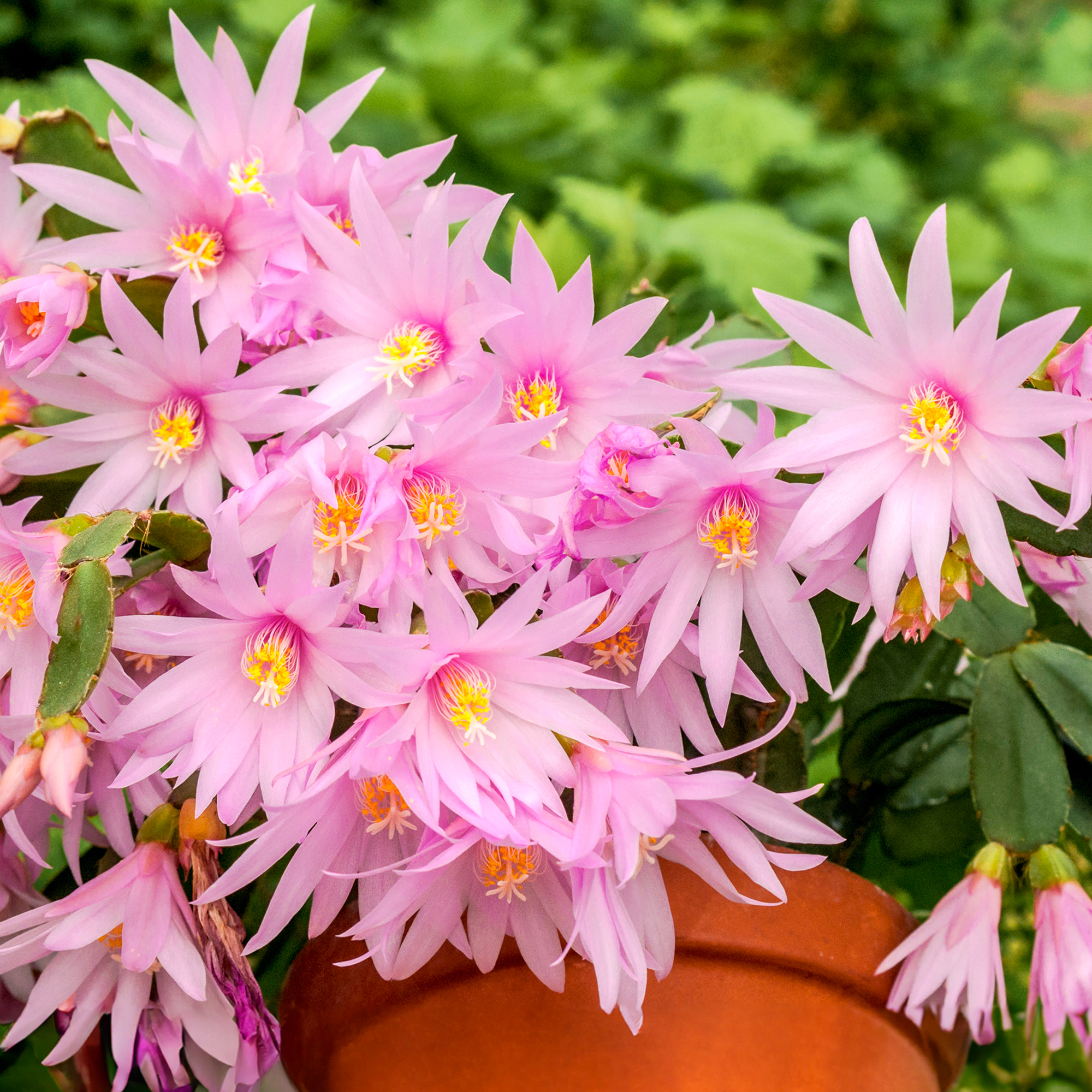 How To Get An Easter Cactus To Bloom Every Year: Expert Tips For Stunning Spring Flowers
How To Get An Easter Cactus To Bloom Every Year: Expert Tips For Stunning Spring FlowersDiscover the secrets to vibrant Easter cactus flowers and follow these key steps to ensure spectacular blooms just in time for spring.
By Melanie Griffiths